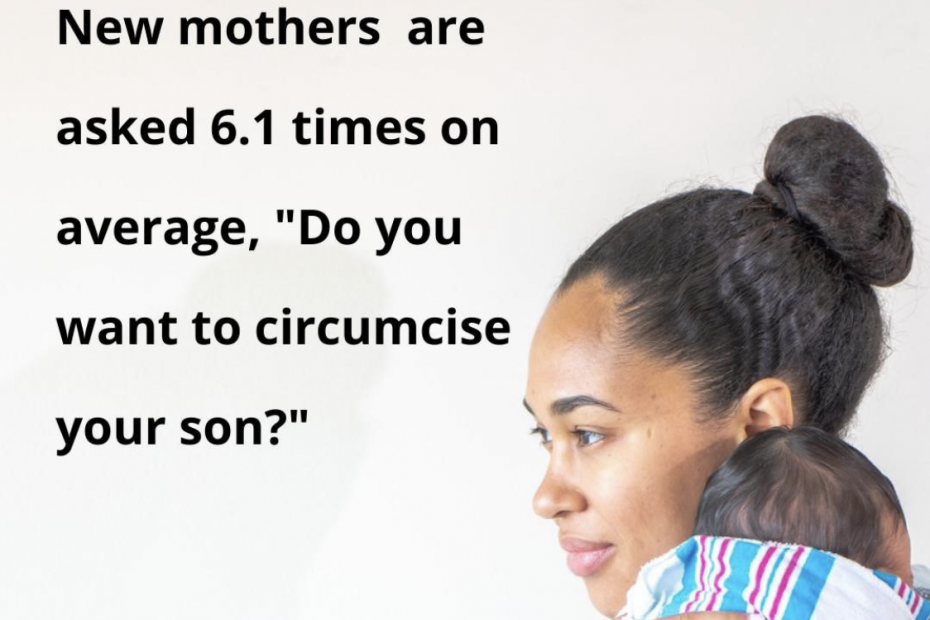In the U.S. and around the world, routine newborn circumcision is considered “non-therapeutic” or not medically necessary, since it does not treat or cure any existing disease. Survey data show that parents’ decisions regarding routine circumcision are highly influenced by social/cultural factors, such as whether the father was circumcised or whether they perceive it to be culturally desirable, and less so by beliefs in medical benefits. Parents in the U.S. may not realize that most men around the world are not circumcised, and that there has been a decline in the rate of male newborn circumcision in the U.S., which was at 58% when last reported in 2010.
Authors in the field strongly disagree on what the available evidence means for practice. A few researchers advocate for circumcision as an important health practice for all males (Morris et al. 2017), while other researchers and ethicists argue that it is not appropriate to use partial genital removal in newborn males as a public health measure (Frisch and Earp, 2018).
After an extensive review of the literature, we’ve concluded that there is no compelling evidence to justify routine male infant circumcision on medical grounds.
- Most of the evidence for risks and benefits is still highly disputed in the research, and the GRADE strength of the recommendation for practice is mostly weak
- There are zero randomized trials on routine male newborn circumcision to support the proposed benefits
- The evidence from randomized trials on benefits for HIV, HPV, and HSV comes only from adult male circumcision in African countries. This evidence cannot be applied to newborn male circumcisions, nor can it be generalized to lower risk populations (e.g., men in countries with lower rates of female to male HIV transmission, lower rates of HSV, and access to the HPV vaccine)
- There is extremely limited evidence on the extent of the harms of circumcision; however, some experts in ethics, law and medicine make the case that that the procedure itself is the harm because it violates the child’s bodily integrity without an urgent medical indication and without the possibility of obtaining their consent, so there is no need to prove other harms (The Brussels Collaboration on Bodily Integrity, 2019).
Parents in the U.S. may be offered routine circumcision in the hospital without having complete information on the ethical debate, risks, limitations of the research on proposed benefits, or alternatives. When information is offered, it may present the AAP view that “the health benefits outweigh the risks” without a global context to show this view is unique to U.S. culture. There is little to no information provided on the historical reason for the cultural preference for routine circumcision (i.e., it was thought to prevent masturbation, sexual deviance, and promiscuity), the mounting ethical debate around circumcision, or non-invasive alternatives for preventing or treating health problems such as urinary tract infections.
We encourage parents and health care professionals to critically think about the practice of circumcision, especially in the U.S., where the majority of routine circumcisions are carried out due to social pressure to conform, not necessarily for medical benefit. It is our sincere hope that the information in this article leads to mutually respectful conversations between those with diverse perspectives on circumcision.
For more information, please visit the link:
https://evidencebasedbirth.com/evidence-and-ethics-on-circumcision/
